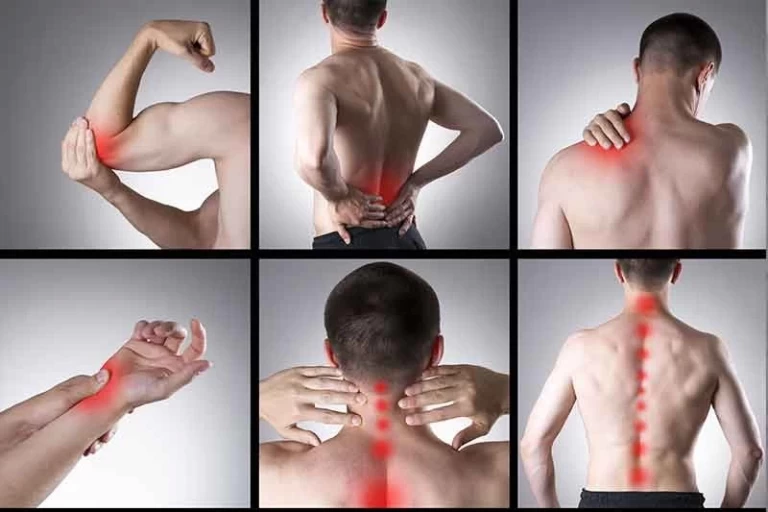
Spasticity symptoms can take a toll on a person rather quickly. Spasticity is a condition in which the muscles remain contracted and resist being stretched as they stiffen and tighten. This can easily affect the person’s speech, how they walk, and other normal movements.
The cause of spasticity is from damage or disruption in the area of the spinal cord or the brain that controls the muscle and stretch reflexes.
This condition can be damaging to children as it affects their joints and muscles as they grow. A person with cerebral palsy, multiple sclerosis, spinal cord injury, or a brain injury may have spasticity as well.
What are the Symptoms of Spasticity?
Spasticity symptoms can vary from person to person. A patient with mild spasticity symptoms may encounter stiffness or tightening of their muscles while a patient with more severe spasticity symptoms could have painful, uncontrollable spasms. Below is a list of spasticity symptoms:
- Muscle and joint deformities
- Muscle fatigue
- Involuntary crossing of the legs
- Inhibition of longitudinal muscle growth
- Inhibition of protein synthesis in muscle cells
- Muscle Spasms
- Muscle Stiffness
Muscle spasms due to spasticity can cause painful and uncontrollable contractions while muscle stiffness can cause movements to become less precise and make everyday tasks difficult to do.
Simple tasks such as brushing hair, buttoning up a shirt, or tying shoes can become challenging and uncomfortable to someone suffering from spasticity symptoms.
Spasticity may also bring about the following complications:
- Frozen joints
- Pressure sores
- Chronic constipation
- Urinary tract infections (UTI)
- Fever or other systemic illnesses
Treatments That Help Spasticity Symptoms
There are quite a few options available to help spasticity symptoms ranging from natural, medication, and surgical, such as:
-
Physical therapy - Usually, the first treatment option considered for helping spasticity symptoms. Physical therapy focuses on exercises that will help stretch and strengthen large muscle groups in hopes to improve the person’s mobility and range of motion.
- Casting or bracing - Casting or bracing is used to help spasms and tightening of muscles.
- Occupational therapy - While physical therapy focuses on large muscle groups, occupational therapy focuses on small muscle groups to help one’s coordination and strength. Speech therapy is also available for those who may have their speech affected by spasticity.
- Botulinum toxin injections (Botox) - Botox injections target the spastic muscle and paralyze it to keep it from contracting. These injections may last up to 12 to 16 weeks; however, these injections will cause new nerve endings to form – which can cause the muscle to be unaffected by the Botox later on. While Botox can help spasticity symptoms, the amount of injections one may receive are limited.
- Oral medications - Medications are used with other therapies (or other medications). While a patient is undergoing physical or occupational therapy, they may receive oral medications as well if their spasticity symptoms affect their daily functions or ability to sleep.
- Intrathecal Baclofen (ITB) Pump - This pump is placed in the abdomen to release baclofen to the spinal fluid. When compared to taking baclofen orally, this treatment comes with fewer side effects but should only be used in severe spasticity cases.
- Selective Dorsal Rhizotomy (SDR) - SDR helps to balance the electrical signals sent to your spinal cord as spasticity could be caused by an imbalance of these signals. The way SDR works is by cutting selective nerve roots and is only done for extreme spasticity in the legs.
Since spasticity symptoms are caused by damage or disruption in the spinal cord or brain area that controls muscle and stretch reflexes, it would make sense to consider a natural treatment for spasticity that focuses on spinal health and body functions: upper cervical.
Upper Cervical Treatments for Spasticity Symptoms
Upper cervical treatments are different from general chiropractic adjustments. In the upper cervical, the professional focuses on only the upper cervical spine – the neck area.
This area of the spine is extremely important and plays a large role in how your body functions.
The top of your spine protects your brain stem. This means if any of the top vertebrae move out of alignment, they can squeeze the brain stem and the pressure may cause your body to undergo negative changes.
The pressure on your brain stem can limit the brain’s oxygen as well as affect how the brain naturally functions and processes information. This misalignment also influences the placement of the rest of your spine.
The upper cervical spine plays as a “leader” for the rest of your spine. If the upper cervical spine moves out of alignment, the rest of the spine begins to shift, twist, and turn itself in order to keep the head level.
What this does is create complications throughout the body by changing up your body’s natural position and the possibility of other vertebrae along your spine to begin pressing against other nerves.
Realigning the upper cervical spine takes the pressure off the brain stem, allowing the proper brain to body communication which allows the body to repair and heal itself naturally through the process of signals.
If a person is suffering from a brain or spinal injury, correcting this misalignment can allow the body to repair and heal the best it can before medication or surgery is considered. In some cases, patients no longer needed medication or surgery after undergoing upper cervical treatments for spasticity symptoms.
This is all thanks to the upper cervical treatment’s focus on helping the body become as strong and healthy as it can naturally be.
The body already has the ability to heal and repair itself, but if this communication and distribution of signals are disrupted, the body can begin harming itself or lack the proper strength to act as it should.
Since the pressure on the brain stem can weaken your body’s natural response, negatively impact brain health, and weaken muscle and tissue throughout the body, an upper cervical adjustment may prove to be an optimal option for those looking to relieve their spasticity symptoms even for patients who have tried surgery.




Leave a comment